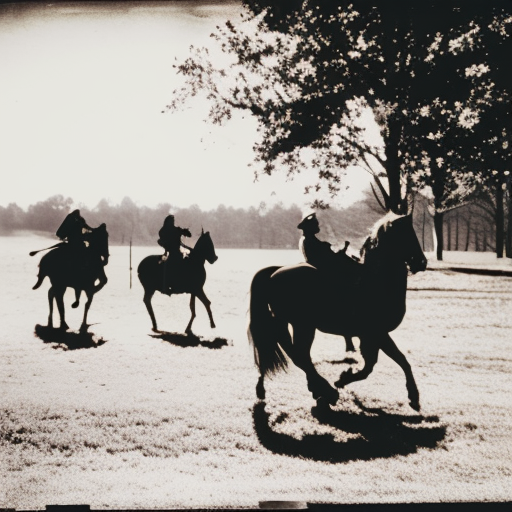Summary: First Battle of Bull Run
The First Battle of Bull Run, also known as the First Battle of Manassas, took place on July 21, 1861, near Manassas, Virginia, during the American Civil War. It was the first major land battle of the war and resulted in a Confederate victory.
The battle was fought between the Union Army of Northeastern Virginia, commanded by Brigadier General Irvin McDowell, and the Confederate Army of the Potomac, led by General P.G.T. Beauregard. Both sides were inexperienced and ill-prepared for the magnitude of the conflict that lay ahead.
The Union army launched an offensive against the Confederate forces, hoping to quickly defeat them and bring an end to the rebellion. However, the Confederates put up a strong resistance and managed to hold their ground.
The battle began early in the morning when Union forces attacked the Confederate left flank. Initially, the Union troops gained some ground, but they were soon met with fierce resistance from the Confederate soldiers. The Confederates were able to hold their positions and counterattack, pushing the Union forces back.
As the battle progressed, both sides experienced difficulties. The Union troops faced communication problems and coordination issues, while the Confederates struggled with ammunition shortages. Despite these challenges, the Confederates managed to maintain their defensive positions.
In the afternoon, the Confederates launched a decisive counterattack, led by General Thomas J. Jackson, who would later earn the nickname “Stonewall” for his steadfastness in battle. The Confederate assault caught the Union forces off guard and caused them to retreat in disarray.
The Union retreat quickly turned into a rout, as panicked soldiers and civilians fled back to Washington, D.C. The Confederate victory at the First Battle of Bull Run shattered the Union’s hopes of a quick and easy victory. It also demonstrated the determination and fighting spirit of the Confederate army.
The casualties from the battle were significant. The Union army suffered around 2,900 casualties, including killed, wounded, and missing. The Confederate army had approximately 1,750 casualties. These numbers shocked both the North and the South, as they realized the war would be long and bloody.
The First Battle of Bull Run had several important consequences. It dispelled the notion that the war would be short and easily won. It also highlighted the need for better training and organization within the Union army. Additionally, it boosted the morale of the Confederate forces and gave them confidence in their ability to resist Union aggression.
Overall, the First Battle of Bull Run was a significant event in the early stages of the American Civil War. It marked the beginning of a long and brutal conflict that would shape the course of American history. The battle demonstrated the challenges and complexities of warfare and set the stage for future battles and campaigns.












